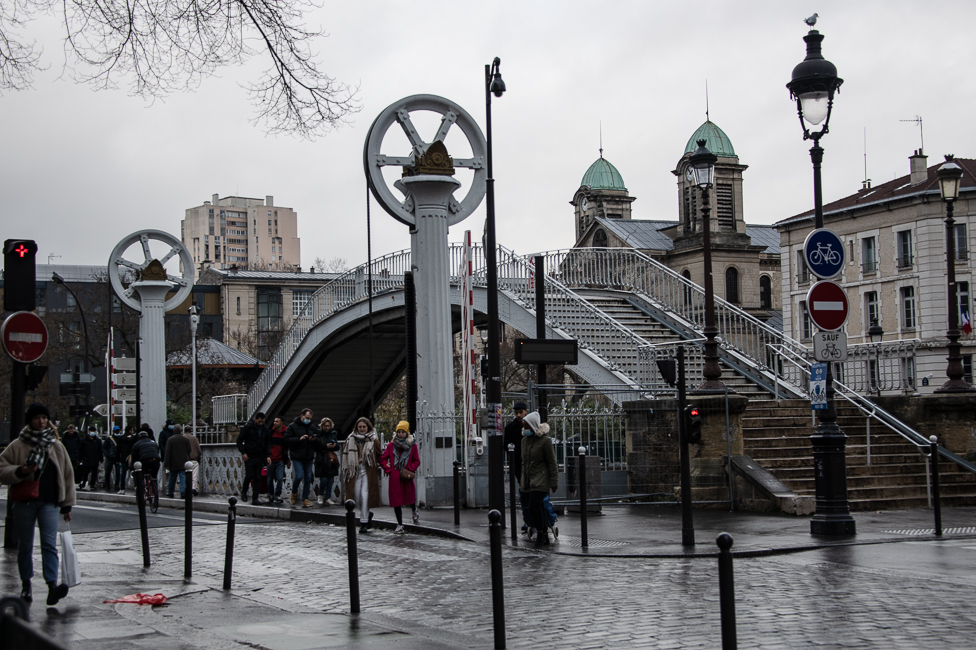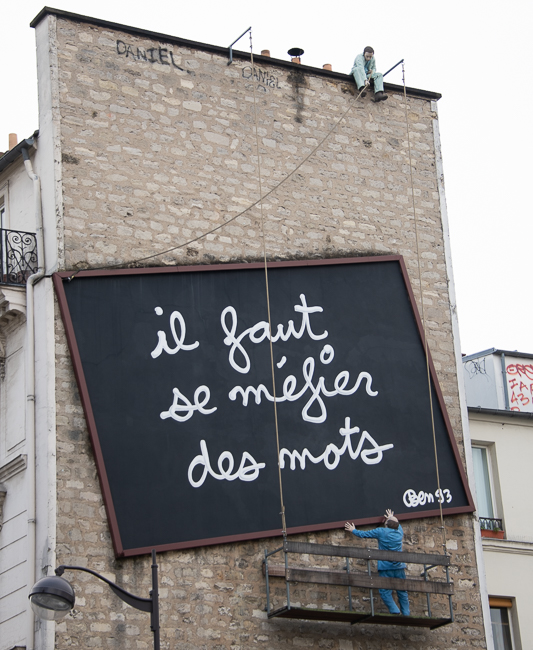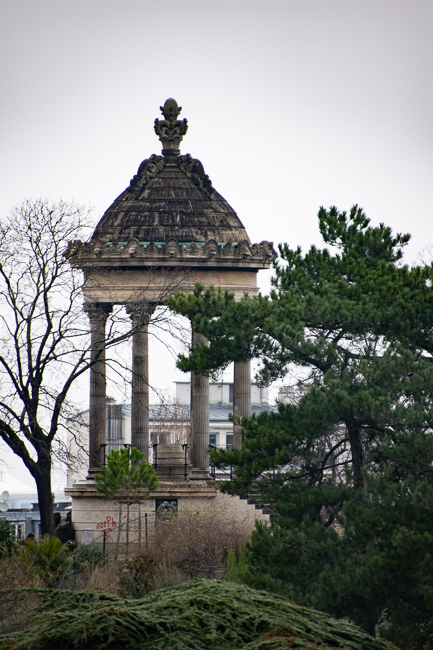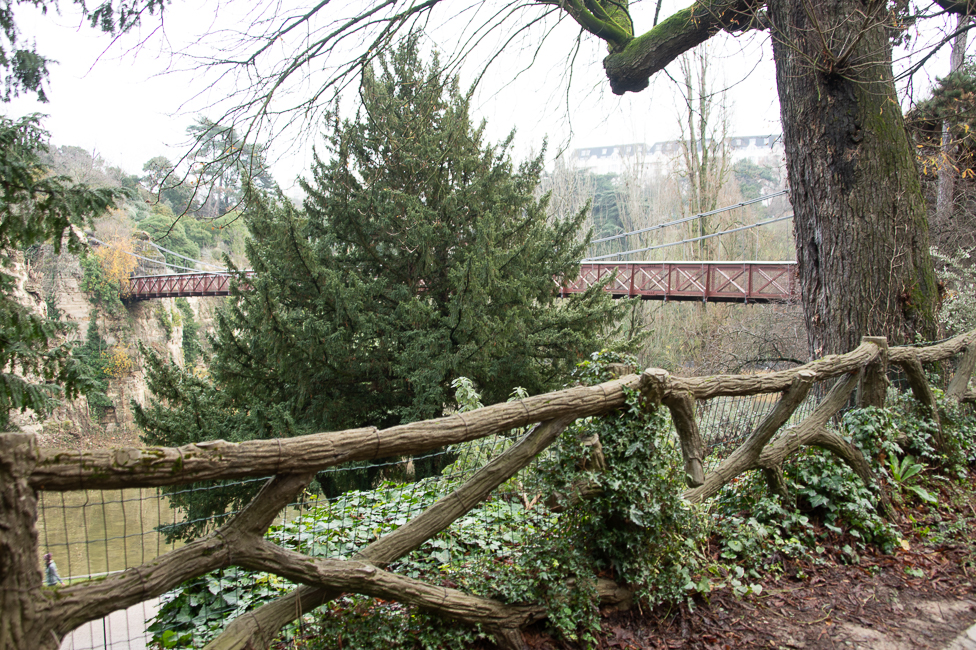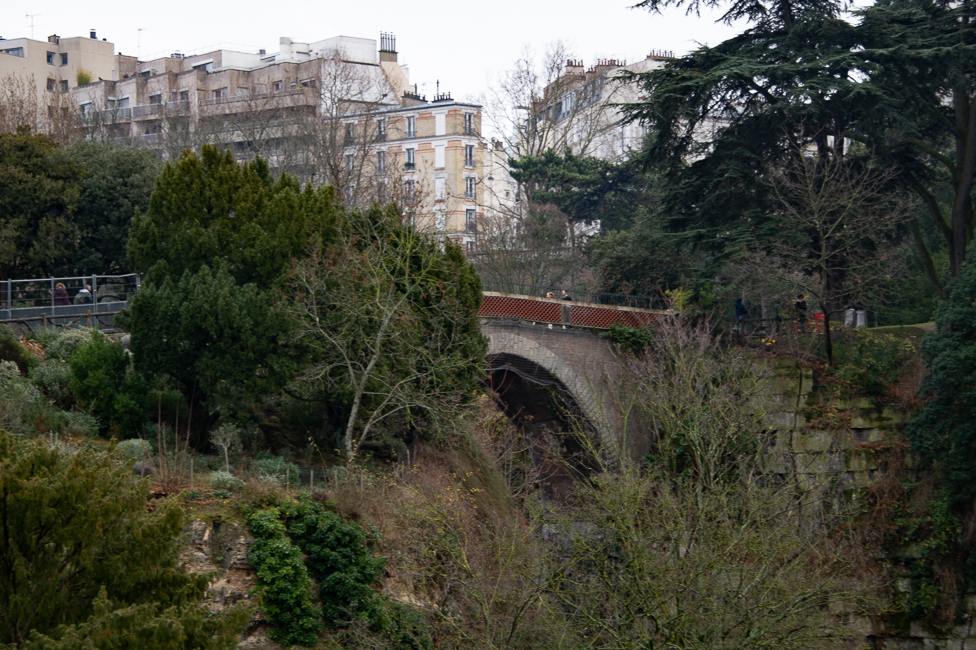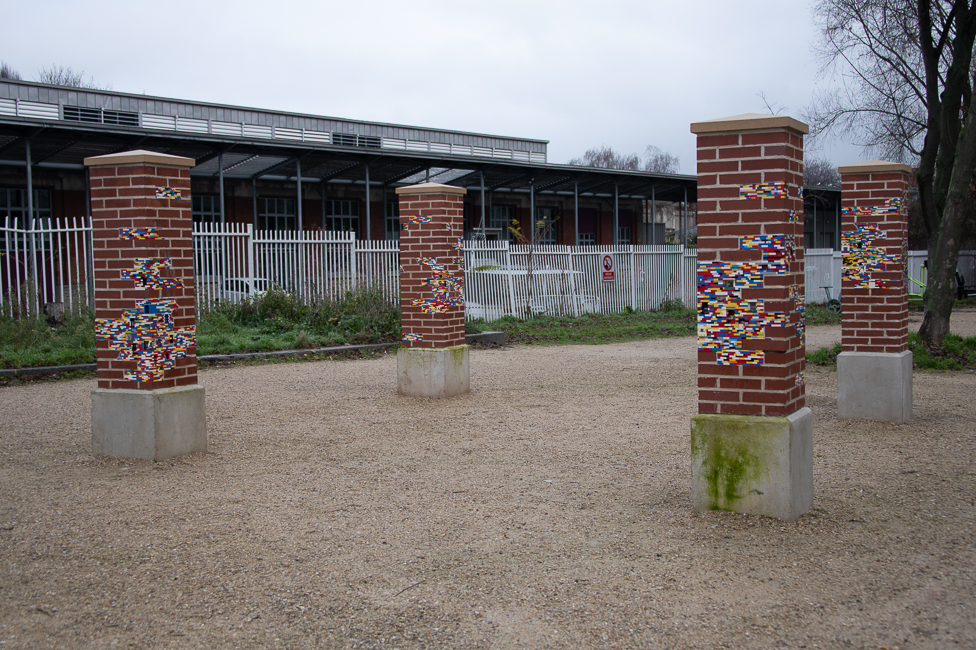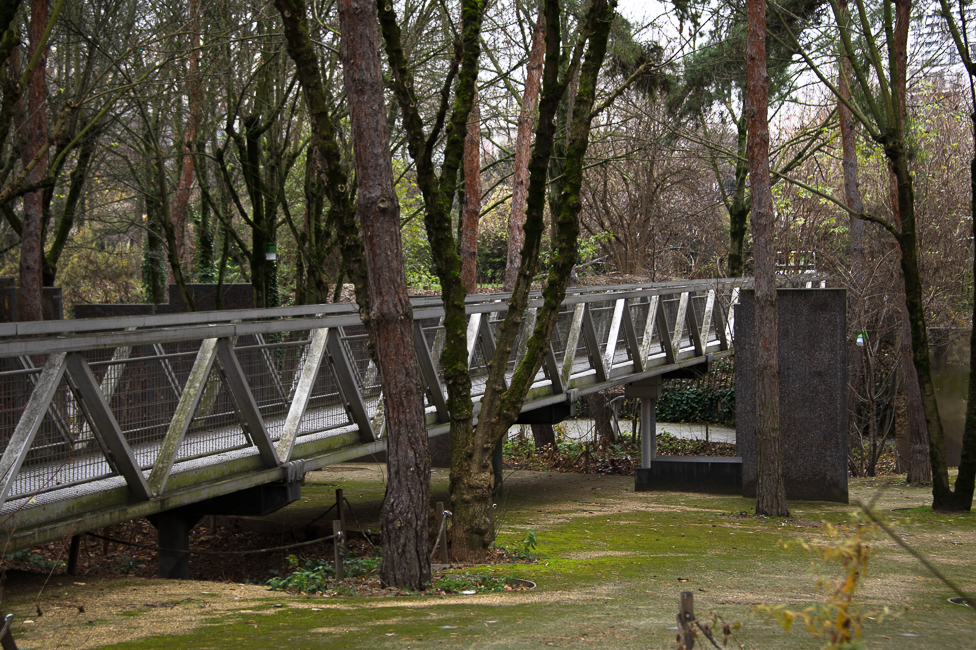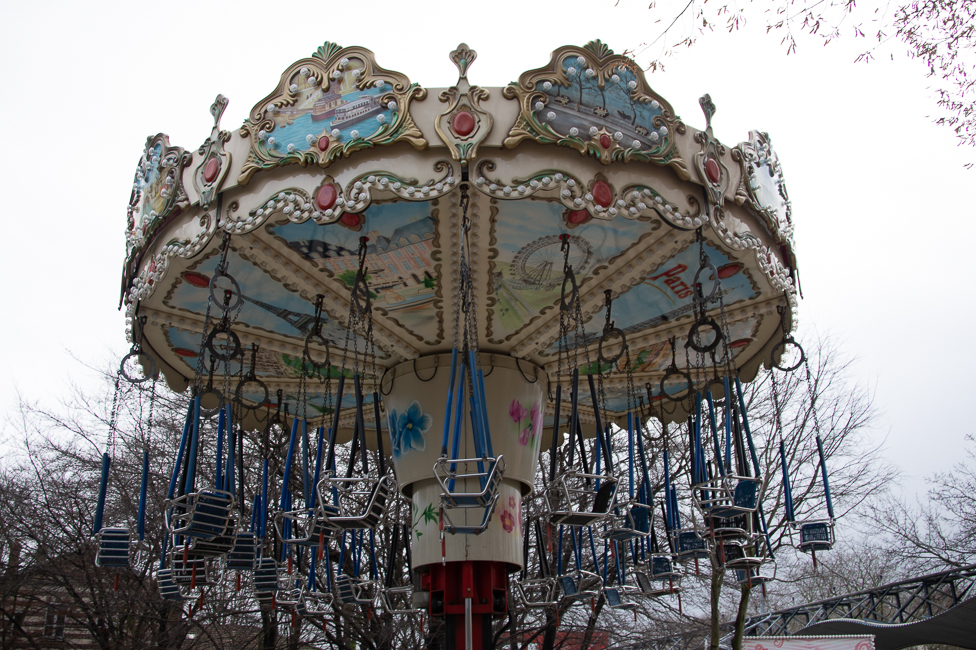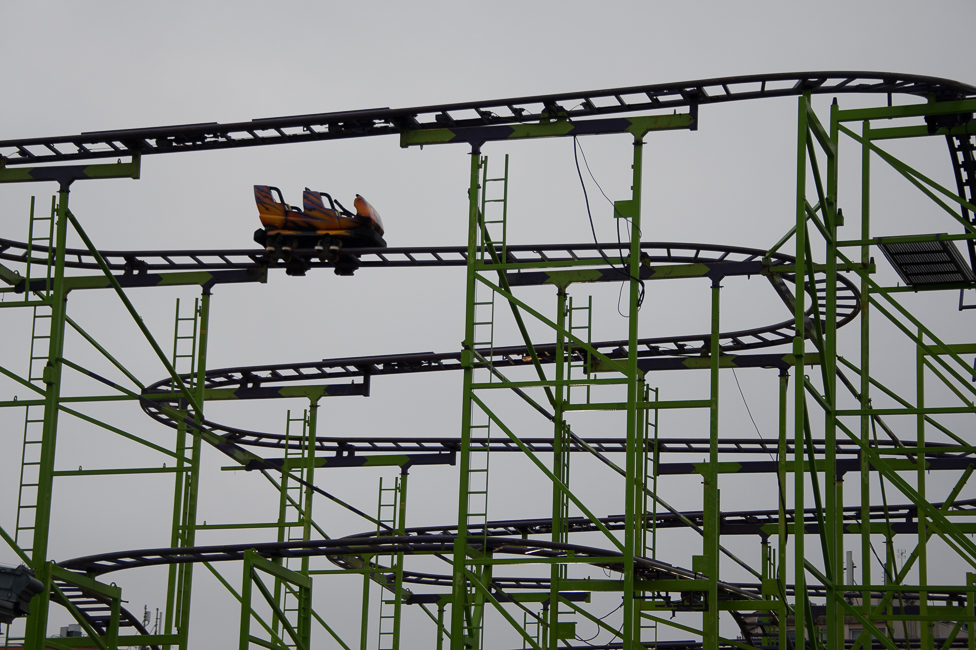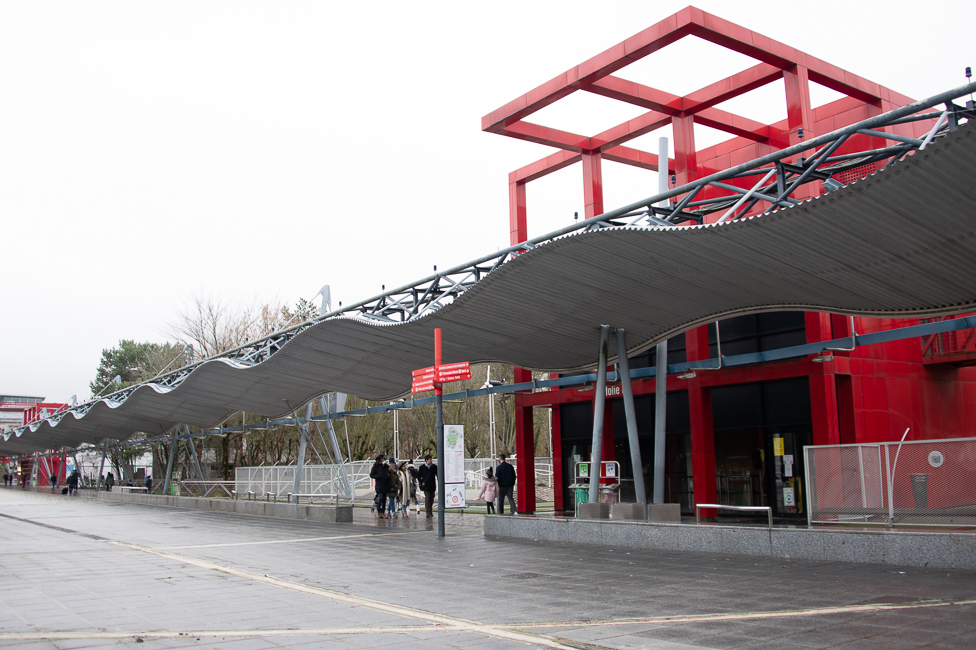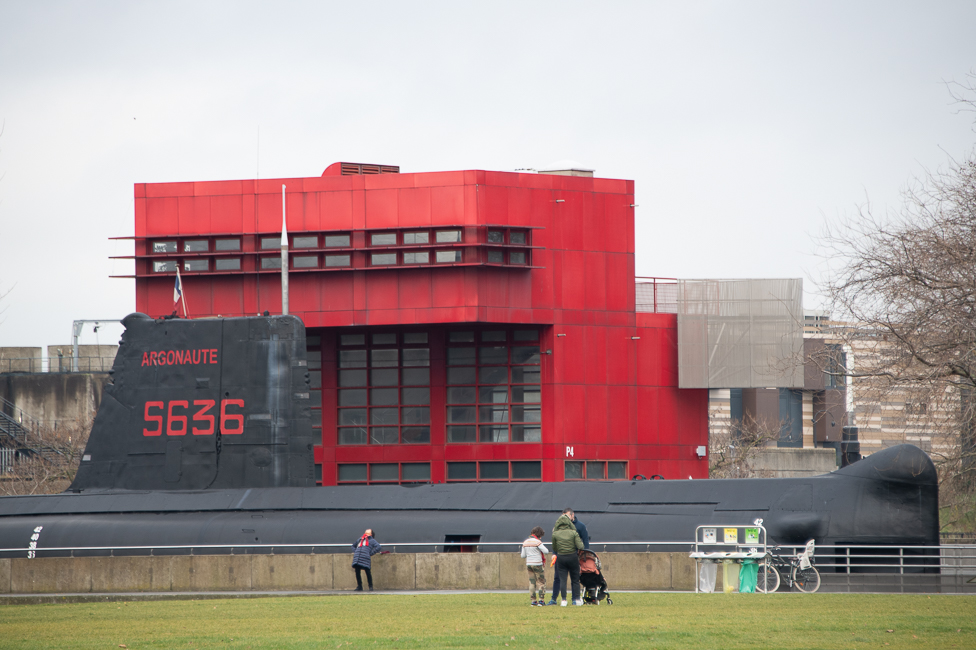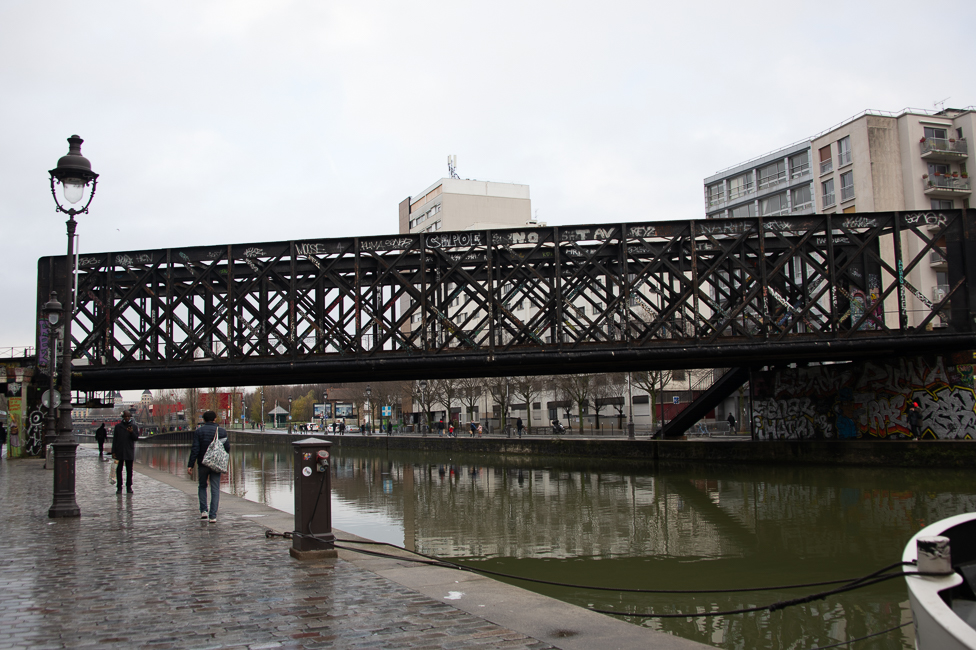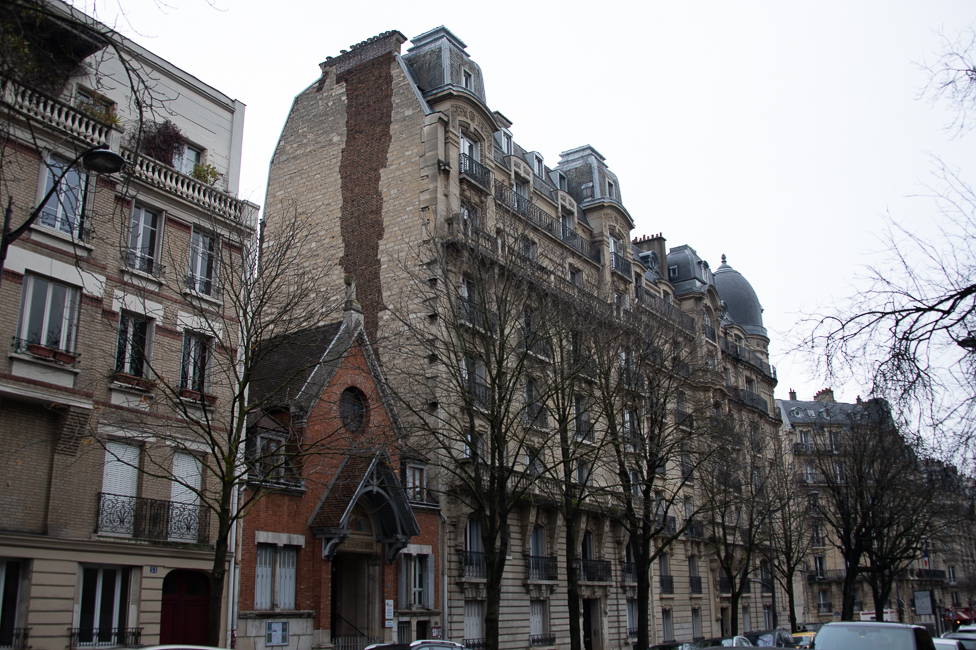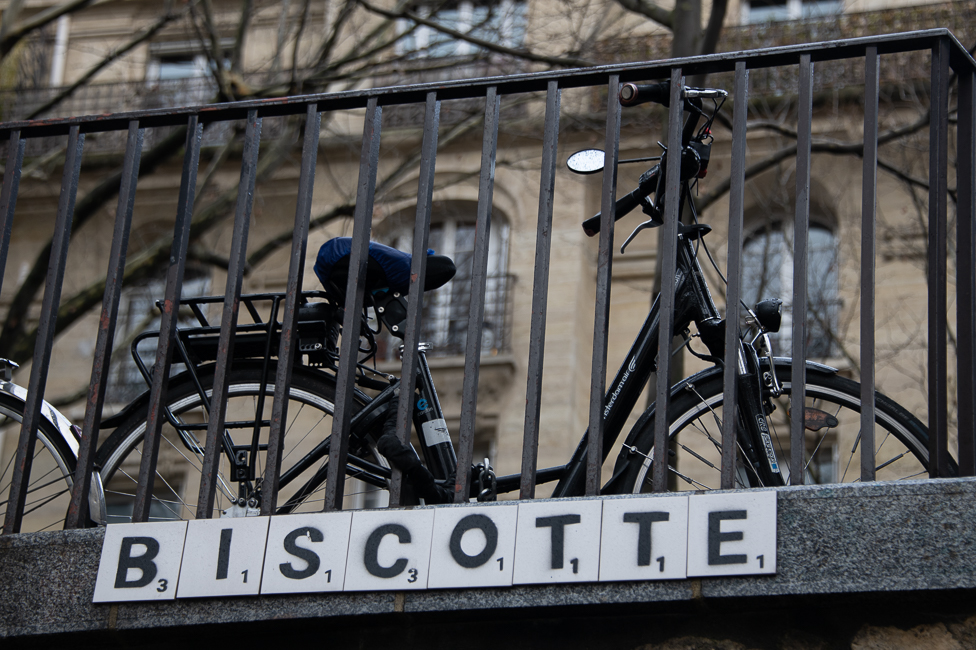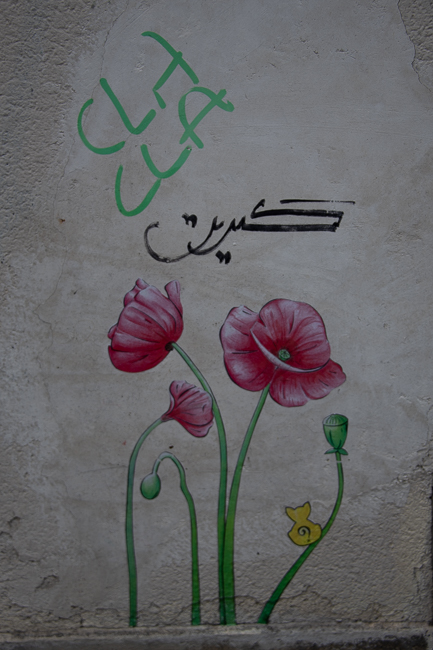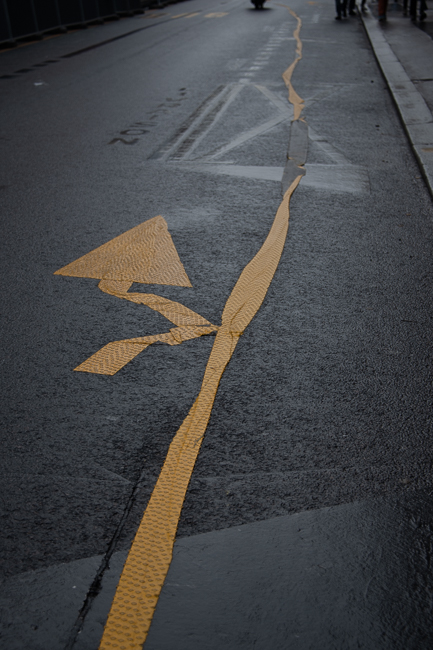December 2021
The 19th is crossed by two canals, the Canal Saint-Denis and the Canal de l’Ourcq, which meet near the Parc de la Villette.
On the Canal de l’Ourcq one will find a metal lift bridge The Pont de Flandre linking the Quai de l’Oise to the Quai de la Marne. Commissioned in 1885 in order to replace an old swing bridge that obstructed the passage of barges, the Pont de Flandre was the first hydraulic lift bridge in Paris and is the city’s only remaining lift bridge. Both the arched footbridge and the lift bridge were listed as Historical Monuments in 1993.
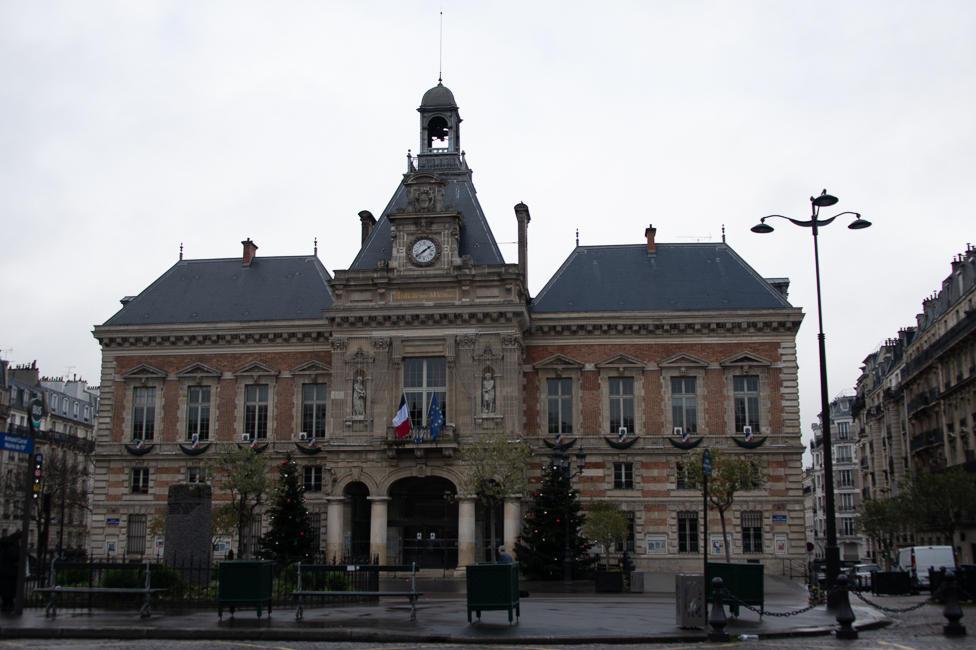
The Mairie of the 19th was built between 1876 and 1878, and designed by Gabriel Davioud. A Mairie is the government building of the Arrondissement.
What the 19th is most known for are its two large parks. La Villette and Parc des Buttes Chaumont.
Parc des Buttes Chaumont
The most famous feature of Parc des Buttes Chaumont is the Temple de la Sibylle, inspired by the Temple of Vesta in Tivoli, Italy, and perched at the top of a cliff in the center of a small lake.
The park took its name from a vegetation-less hill called Chauve-mont, or bare hill. The area was the site of the Gibbet of Montfaucon, where from the 13th century until 1760, the bodies of hanged criminals were displayed after their executions. After the 1789 Revolution, it became a refuse dump, and then a place for cutting up horse carcasses and a depository for sewage. The area also served as a quarry.
The director of public works of Paris and builder of the Park, Jean-Charles Adolphe Alphand, reported that “the site spread infectious emanations not only to the neighboring areas, but, following the direction of the wind, over the entire city.”
Work began on the park began in 1864, under the direction of Alphand, who also created the Bois de Boulogne and the Bois de Vincennes. It took two years just to terrace the land. Then a railroad track was laid to bring in cars carrying two hundred thousand cubic meters of topsoil, then a thousand workers turned the park into what we see today.
La Villette
La Villette is a study in deconstructionism and can be a bit both disconcerting and overwhelming at the same time.
Designed by Bernard Tschumi, a French architect of Swiss origin, in partnership with Colin Fournier, between 1984 to 1987, the park sits on the site of the Parisian abattoirs (slaughterhouses) and the national wholesale meat market. The slaughterhouses, built in 1867 on the instructions of Napoléon III, were cleared away in 1974. 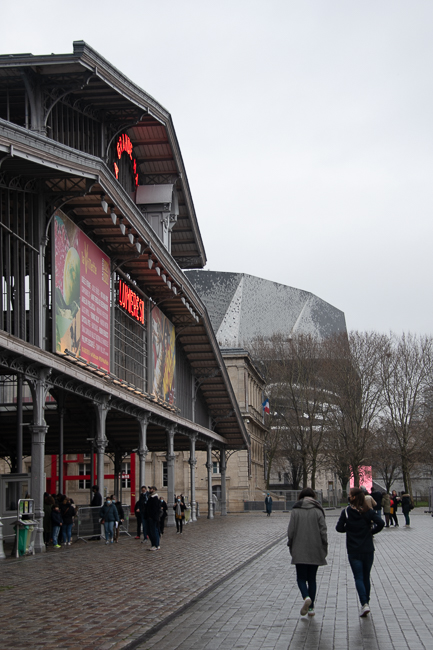 As part of his design process, Tschumi sought the opinions of the deconstructionist philosopher Jacques Derrida.
As part of his design process, Tschumi sought the opinions of the deconstructionist philosopher Jacques Derrida.
Since the creation of the park, museums, concert halls, and theaters have been designed by several noted contemporary architects, including Christian de Portzamparc, Adrien Fainsilber, Philippe Chaix, Jean-Paul Morel, and Gérard Chamayou. They dot this large expanse called La Villette.
One of the stranger things to be found in the park is a submarine.
This 400 ton submarine was the flagship of the French Navy in the 1950s It was disarmed in 1982 Built in the arsenal of Cherbourg in Normandy, it was inaugurated under the name Argonaute on February 24, 1954.
The 19th is not all the explored by visitors as it is a ways away from the hustle and bustle of what tourists consider Paris. But if you have the time, it is a very interesting area to wander.
